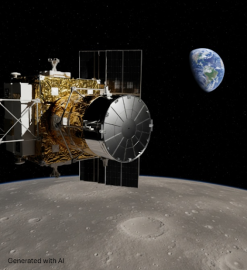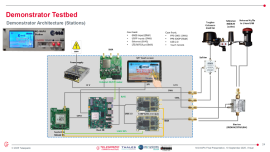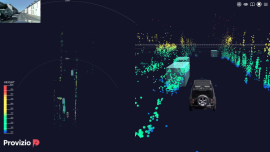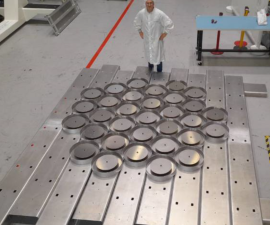News
Last Updated: 24/09/2025 06:49 Created at: 24/09/2025 06:49
Last Updated: 23/09/2025 13:23 Created at: 23/09/2025 12:17
Last Updated: 15/09/2025 07:12 Created at: 15/09/2025 07:09
Last Updated: 26/08/2025 08:24 Created at: 25/08/2025 13:46
Last Updated: 25/08/2025 06:52 Created at: 25/08/2025 06:50
Last Updated: 07/08/2025 11:55 Created at: 07/08/2025 07:14
Last Updated: 07/08/2025 11:57 Created at: 05/08/2025 14:53
Final Presentation Improved Location Mapping Using Imaging Radars, GNSS and Point-Cloud Registration
Last Updated: 07/08/2025 11:58 Created at: 28/07/2025 13:09
Last Updated: 28/07/2025 12:40 Created at: 28/07/2025 12:40
Last Updated: 24/07/2025 09:29 Created at: 24/07/2025 09:29










